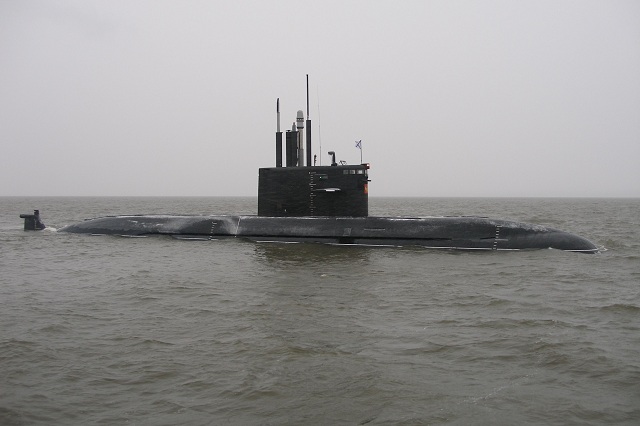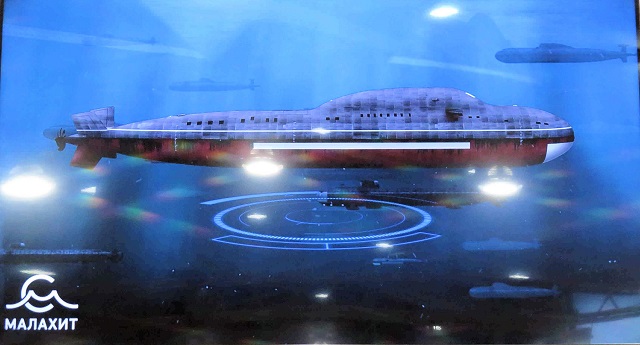|
|
|||
 Lada class Diesel Electric Submarine (SSK) Project 677. The future Kalina project is set to be equipped with an air-independent propulsion unit and combine the best characteristics of the Project 636 and Project 677 submarines. Lada class Diesel Electric Submarine (SSK) Project 677. The future Kalina project is set to be equipped with an air-independent propulsion unit and combine the best characteristics of the Project 636 and Project 677 submarines. |
|||
|
The renewal program for diesel submarines, designed to meet challenges in the "closed" theaters of the Baltic, Black, Mediterranean, Japanese seas and near the coast in the Arctic and Pacific oceans also raises a number of questions. The obvious failure of new Project 677 (Lada), upon which high expectations were once placed, to meet deadlines, has forced the Navy to re-equip the "diesel" squadrons of the Black Sea and Pacific submarine forces with the boats of previous Project 636. Moreover, the order for these submarines, consisting already of 12 units, may be increased.
These submarines were to be superseded on the slipway by a boat of a new project, which received the code name Kalina. In 2016, it was announced that the construction of submarines of this type will begin as soon as 2018. However, a year later, on June 28, 2017, Deputy Commander-in-Chief of the Russian Navy for Armament, Vice Admiral Viktor Bursuk said at the International Naval Show in St. Petersburg that two production Project 677 submarines will be contracted soon. There are plans to build them at Admiralty Shipyard through 2025, with the subsequent continuation. The fate of the Kalina project was not mentioned. Coupled with the news of 2016 about the beginning of the sea trials of Russian-designed air-independent propulsion (AIP) systems, it can be assumed that the domestic industry managed to cope with the main problems that prevented the batch construction of Project 677 boats. As for the number of new ships, it should be expected that by the late 2020s the Navy will have 12-18 Project 636 submarines and 6-9 new generation boats, the main feature of which is a drastic increase in the submerged range due to the AIP system, writes the online media outlet Lenta.ru. © Copyright 2017 TASS. All rights reserved. This material may not be published, broadcast, rewritten or redistributed. |
|||
Future of Russian Navy Submarine Force Within State Armaments Program 2025 - Part 2
- Posted On





 Artist impression of "Husky" project as shown by Malachite (JSC «Saint-Petersburg Marine Design Bureau «Malachite») during a defense exhibition in 2016.
Artist impression of "Husky" project as shown by Malachite (JSC «Saint-Petersburg Marine Design Bureau «Malachite») during a defense exhibition in 2016.




